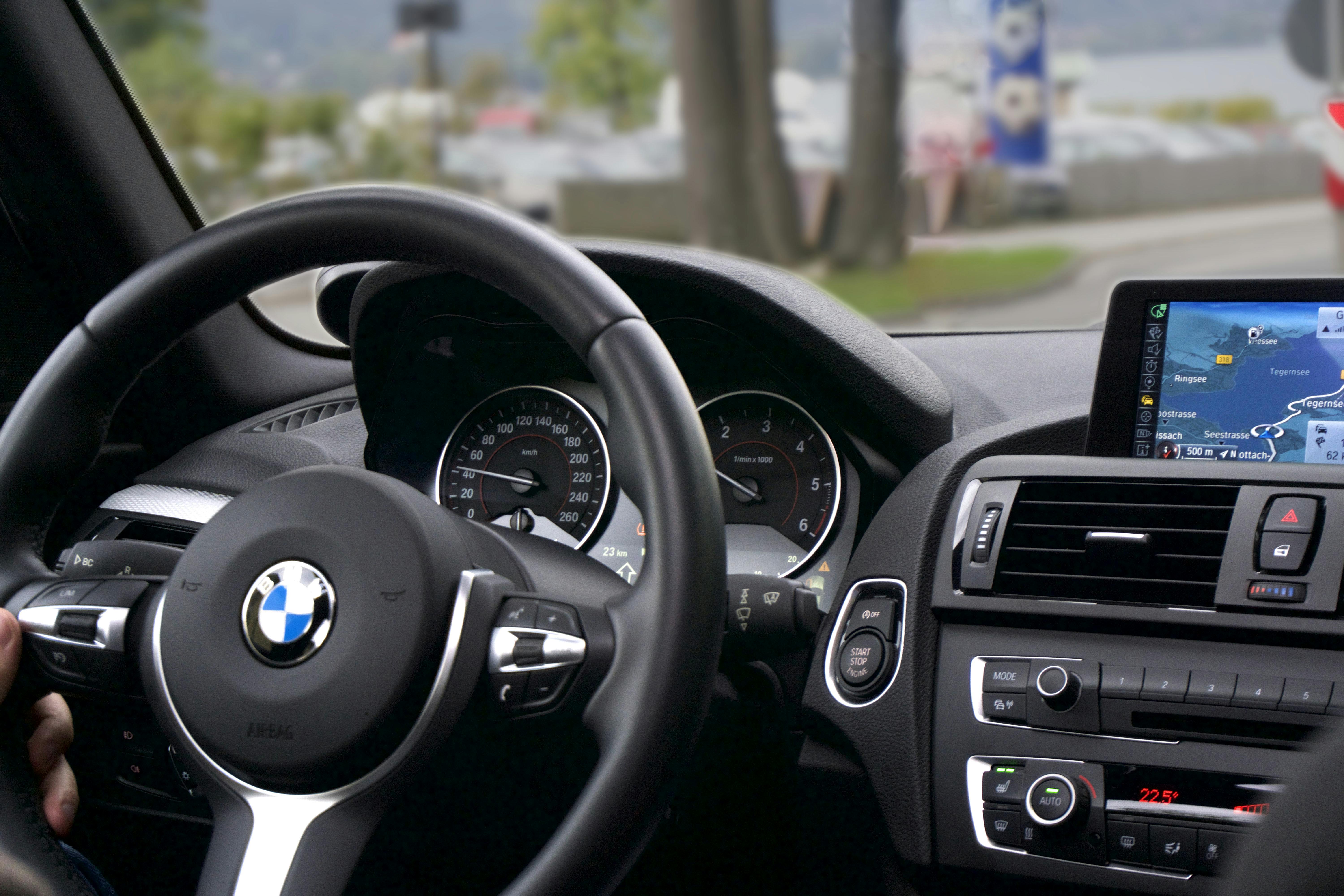Short Course on – Covering The Basics
Apr
14th
Renovating a Victorian Home: A Comprehensive Guide When it comes to remodeling a Victorian home, there is no doubt that you are embarking on a unique and exciting project. The charm and character of Victorian homes are unparalleled, but they also come with their own set of challenges. From preserving historical elements to modernizing for functionality, there is a lot…




